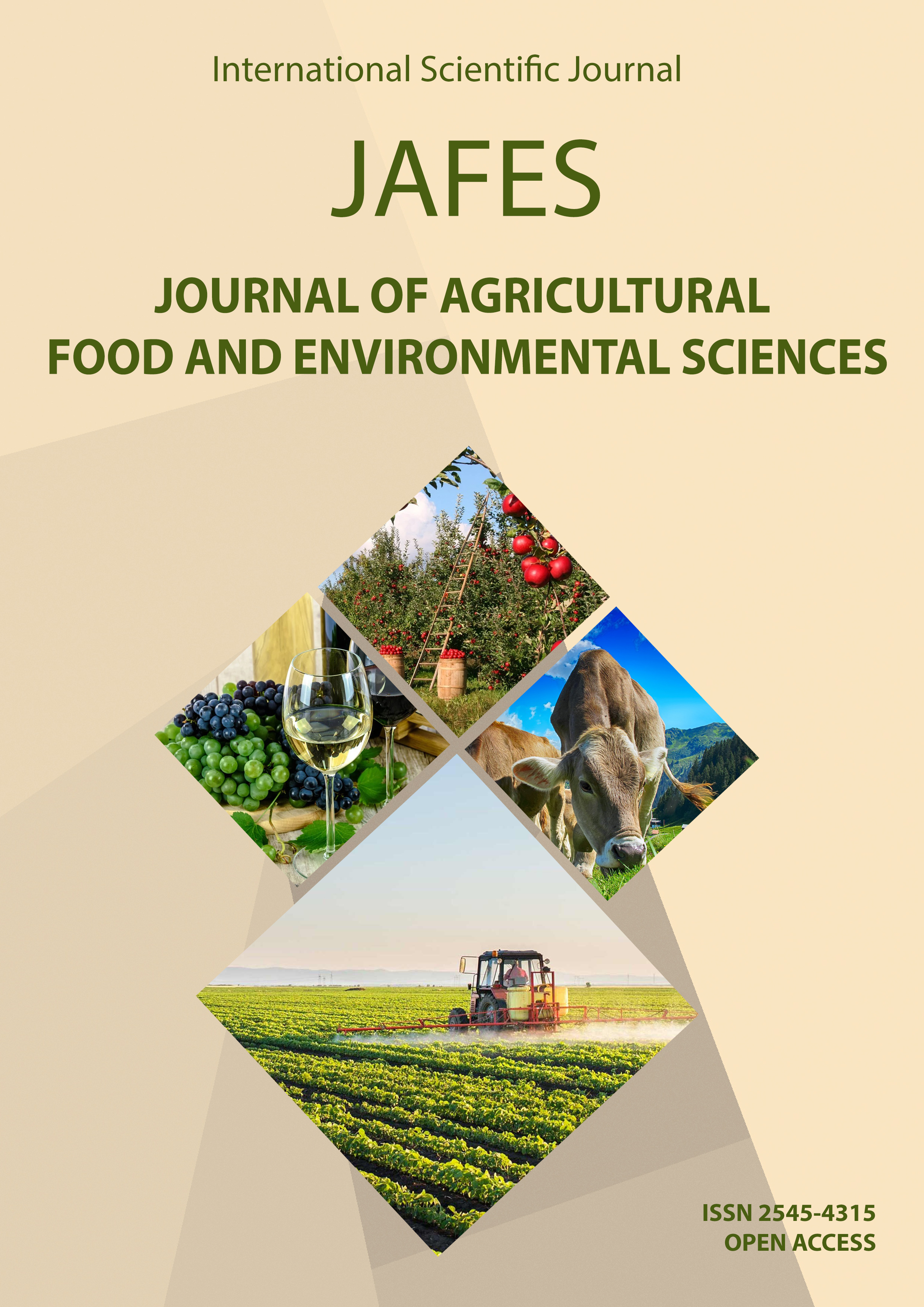EXAMINATION OF THE CONTENT OF SOME ANTIOXIDANT SUBSTANCES IN SOME AUTOCHTHONOUS GRAPEVINE VARIETIES (VITIS VINIFERA L.) IN R.N. MACEDONIA
Keywords:
vitamin C, phenolic compounds, autochthonous varieties, antioxidant activityAbstract
In this paper, some bioactive antioxidants have been tested in several grape varieties (Vitis vinifera L.) present in R.N. Macedonia. Grapes are a source of various nutrients that are beneficial to the human body in many ways. A grape, as a raw material and its final processing - wine is a complex of many chemical substances and compounds that are responsible for many visible and sensory characteristics that are manifested in varieties (phenotypic). Those chemical compounds are; carbohydrates, organic acids, alcohols, aldehydes, esters, vitamins, polyphenols, minerals, nitrogen compounds, etc. Specifically, in our case, vitamin C (ascorbic acid) and phenolic compounds (total phenols, anthocyanins, flavan-3-ol and antioxidant activity) were tested in several autochthonous grape varieties and one standard variety (Belo zimsko, Stanushina, Crn valandovski drenok, Crven valandovski drenok and Palieri as standard). The tested chemicals are of great importance in their consumption in the human diet. They have antioxidant, anti-inflammatory, antimicrobial, anticancer, anti-mutation effects and reduce the risk of cardiovascular, degenerative and other chronic diseases. The most important for this group of compounds is that they determine the color, astringency, bitterness and some organoleptic and sensory characteristics of grapes and wine.



